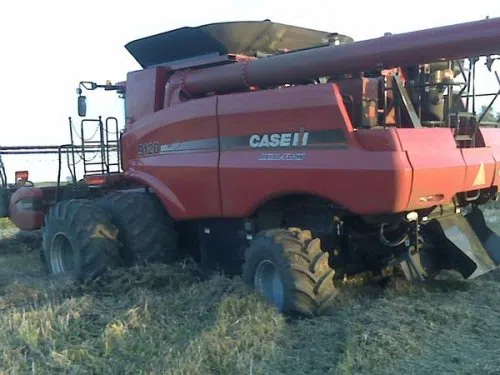
CROP REPORT: Farmers happy to get through difficult harvest
Now that harvest is 99 per cent complete, farmers are looking back on a trying season.
Shannon Friesen, with Saskatchewan Agriculture, said harvest was, “very, very challenging” for many farmers.
The season had an early start with desiccation and swathing beginning by the end of July or early August. It continued for three or four months, finishing within the last few weeks.
“Wrapping up near the end of October is certainly not surprising, especially considering the year that we had,” said Friesen.


